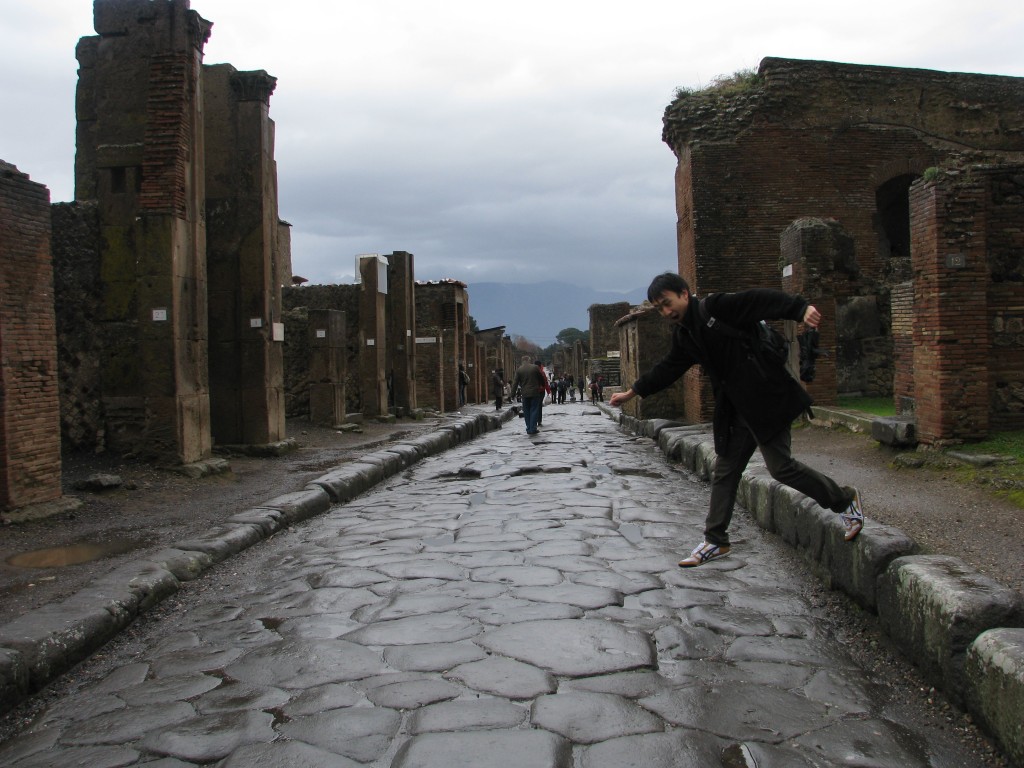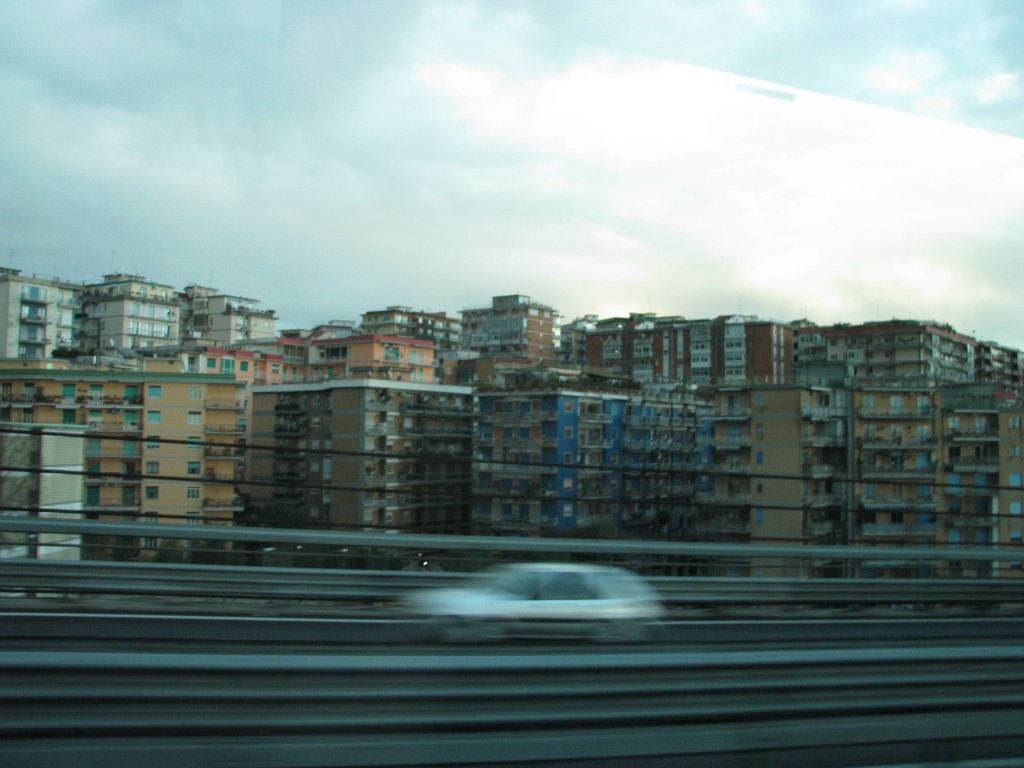
Below the volcano of Mount Vesuvius, and right alongside a beautiful bay, lay the fascinating city of Naples. Robert D. Putnam, a Harvard political scientist, warned readers in his famous publication (Making Democracy Work: Civic Traditions in Modern Italy) about the incredible state of disarray that I was to expect in this fascinating southern Italian metropolis. As popular folklore dictates, Naples is a paradise inhabited by devils, and for those who believe in Italian orientalism, Naples is a city that is engulfed by problems of its own fault as it is occupied by an unwieldy group of citizens.

It was interesting to note, from initial observations of Naples, why many intellectuals simply “gave up” their efforts to lift the city to a respected status worthy of the cities in the prosperous Emilia-Romagna region or the powerhouse industrial cities of the North. The Cornell urban planners visited a waste disposal facility (that could not control the rampant trash problem in Naples), a trash incinerator (that required military occupation to complete), and the Naples planning department (that blamed the tourists for the trash problem), and all that resulted was more frustration with the level of effective urban planning in the city.

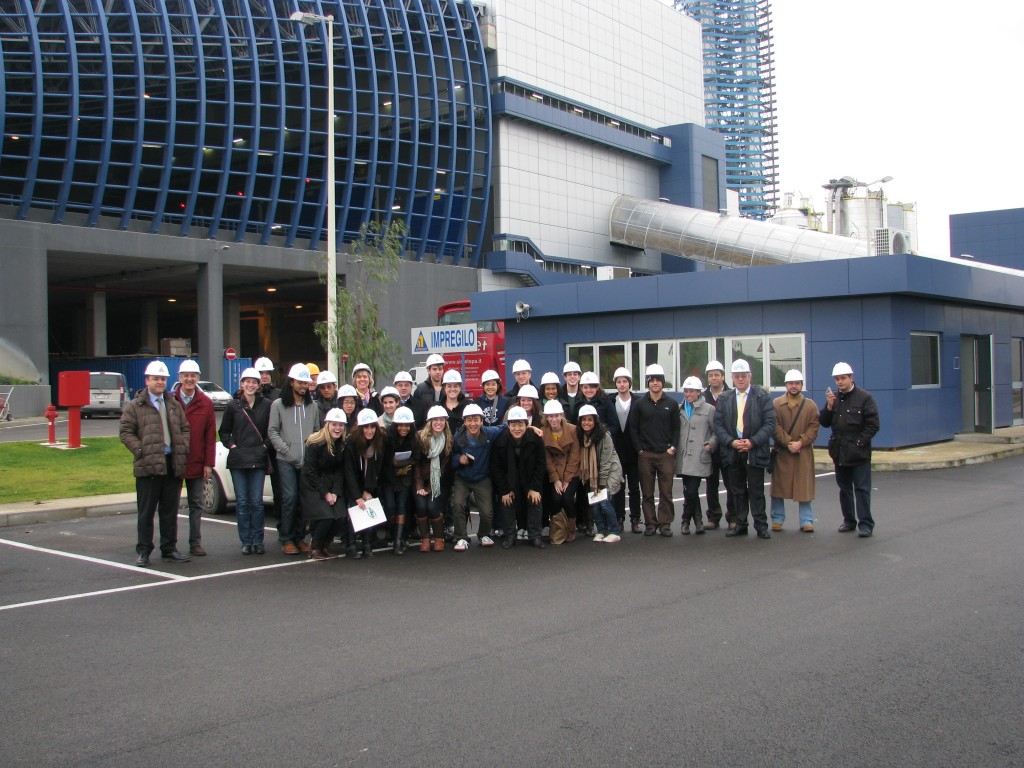
But were the Neapolitans really to blame for their urban ills, or were there other explanations that were also important as well? Putnam associated the perils of southern Italy to its peculiar kind of soil – while a uniform system of government was established throughout the modern nation of Italy, different regions took on the role of government in varying ways as a result of previously-embedded social systems. As I looked closer into Neapolitan life, though, it seemed like the Neapolitan soil actually inspired wonderful levels of human interaction that I had never seen before.
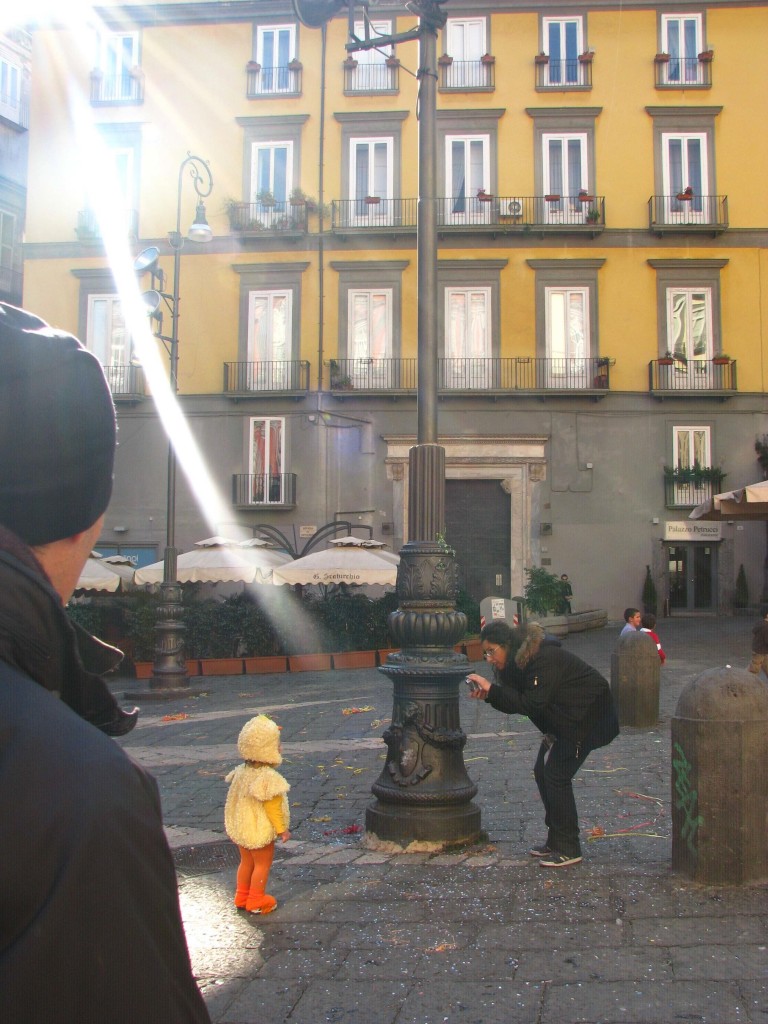
My observations from a casual walk in the narrow streets of Naples seemed quite different from the observations I had made at the political level of the city. In inner Naples, I noticed that the level of activity on the street was very high. People gathered to converse in public squares, and children played with each other on a street corner. It clearly seemed like the typical neighborhood in Naples was situated in an environment where individuals collaborated together. Norms of reciprocity could easily be established in such a dense residential area where many person-to-person associations could occur. Therefore, I realized that Naples was not as horribly “undemocratic” as Putnam and other political authors had made it out to be. I began to believe that it was elitist efforts to implement civiltà, an elitist, northern ideology of civic participation, and not the actual structure of society, that created political havoc in Naples.
And just southeast of Naples, over the “overdue-to-erupt” Mount Vesuvius, exists one of the best examples of a planned city in ancient Roman times. Pompeii is an excellent example of Roman superiority in urban engineering. Along the large cobblestoned paths that dotted the city, large stepping blocks allowed cititzens to cross the street without stepping into the remnants of a rainy day. And on that rainy day when we visited the sprawling archeological complex, the rain and its accompanying waste simply flushed out of the cobblestoned streets in a curiously-calculated way.
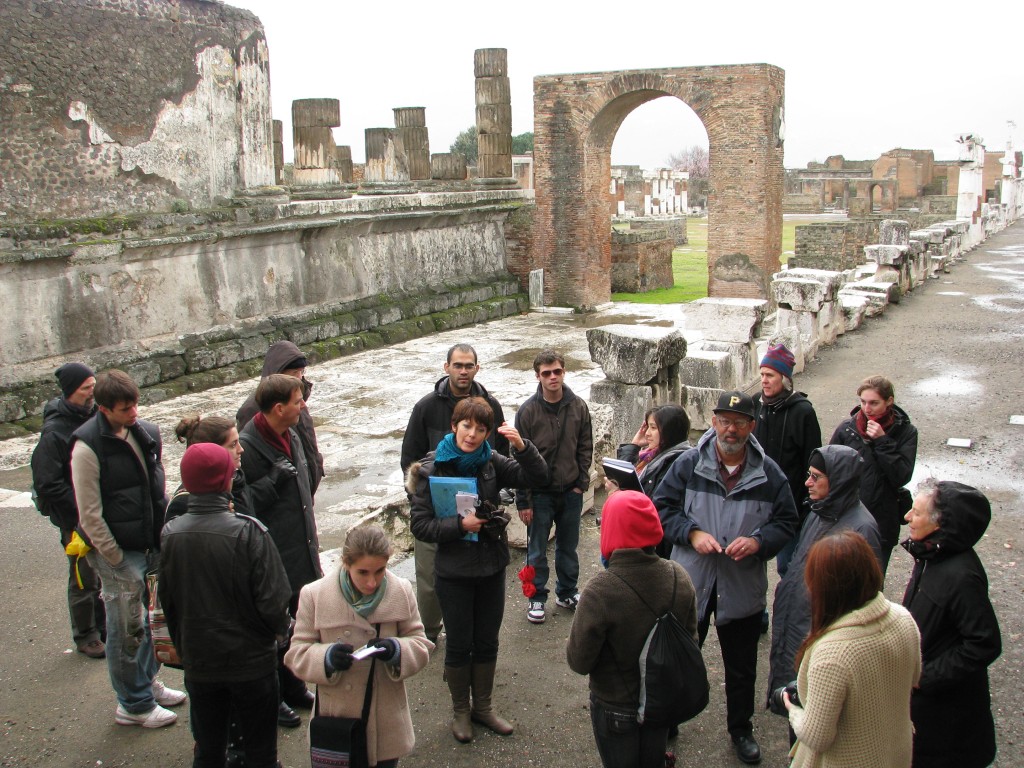
So the soil of southern Italy doesn’t seem to be the problem to the region’s political and social disorder (compared to the rest of the country, at least). Robert D. Putnam’s “checklist” to a perfect civic society certainly did not seem to apply in Naples, where the government proved to be more of a hindrance than a benefit to a healthy democratic society. Why participate in government affairs if the government does not do what you want? This seemed to be the Neapolitan take on civic engagement, and it was enjoyed by Neapolitans with gusto.
